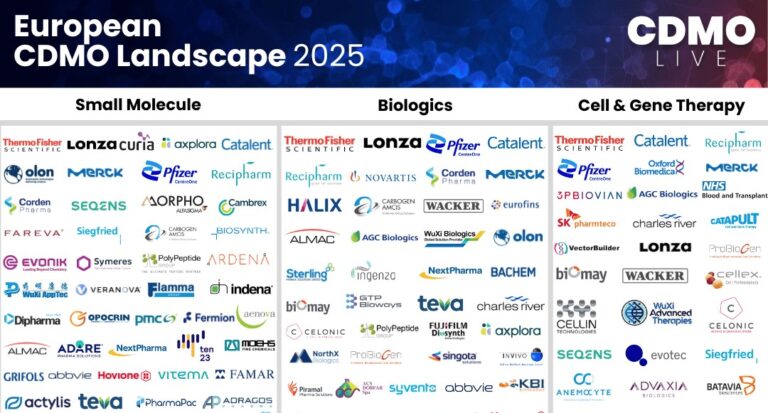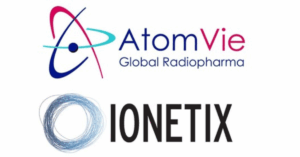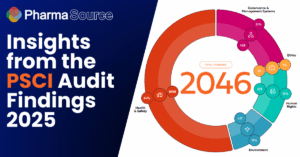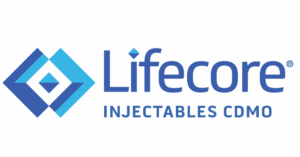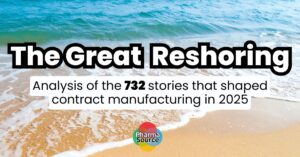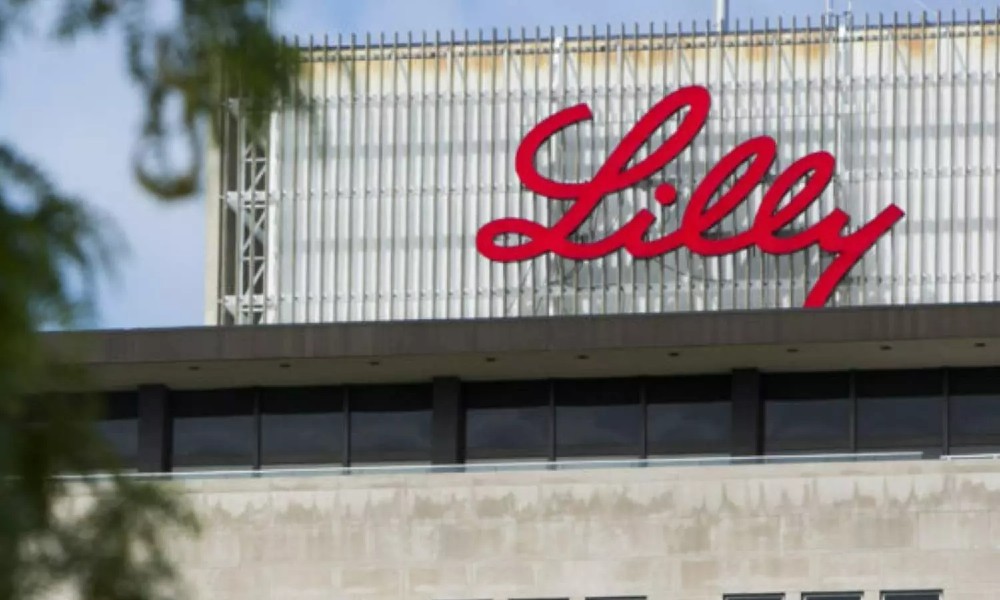
On November 21st 2025 Eli Lilly became the first pharmaceutical company to reach a $1 trillion market valuation this week, worth more than twice the value of any other drugmaker.
The company’s stock has soared on the back of the success of its drugs Mounjaro and Zepbound, with shares climbing over 75% since launching Zepbound in late 2023. Demand is only expected to grow as approvals for the treatments’ uses and insurance coverage expand.
Behind the headline success lies a manufacturing strategy that combines massive internal capacity expansion with strategic CDMO partnerships—enabling Lilly to capitalize on the obesity drug “gold rush.”

Novo Nordisk had the early lead in the space, Lilly pulled ahead in part because Novo’s Wegovy launch was hampered by supply shortages, giving Lilly room to gain ground. Lilly’s drugs have also shown stronger clinical efficacy, and the company has been faster to scale up manufacturing and expand distribution.
Strategic focus on weight-loss
GLP-1 drugs now dominate Lilly’s business. In the most recent quarter, Mounjaro and Zepbound generated $10.09 billion of the company’s $17.6 billion total revenue. Combined sales in the first nine months of 2025 reached $19 billion, overtaking Merck’s Keytruda as the world’s top-selling drug.
It’s estimated that two in five adults in the United States live with obesity and roughly 1 billion people worldwide are living with this disease. Wall Street expects the global weight-loss drug market to reach $150 billion by 2030. Analysts at Truist now project Lilly’s obesity franchise could reach $101 billion in peak global revenue.
“Ten years ago, [Lilly] was a backwater pharma… nobody would have imagined the metabolic market for the GLP-1 drugs that has emerged,” observed Joel Marcus, a long-time life sciences investor in 2024.
Analysis by MavenBio highlights that while other pharma companies have broad, diversified portfolios Lilly is the most concentrated large pharma companies: cardiometabolic therapies generated $13.8B, representing over 78% of total pharma revenue..

To reduce concentration risk, Lilly is expanding through RNA-based medicines (recent deals with SanegeneBio and MeiraGTx) and strengthening its AI ecosystem through new discovery and manufacturing partnerships.
Betting Big on Internal Capacity
Lilly has embarked on what it calls the “largest investment in synthetic drug production in U.S. history”.
In 2024 Lilly announced $5.3 billion in its manufacturing site in Lebanon, Indiana, US. This investment increases the firm’s total investment in the site from $3.7 billion to $9 billion focusing on Zepbound and Mounjaro production.
In 2025, the company went further announced plans to invest $27 billion in its U.S. manufacturing footprint under the banner “Lilly in America”, doubling its domestic manufacturing spend since 2020 to over $50 billion and creating 3,000 jobs.
This includes major such as a $6.5 billion facility in Texas and a $5 billion site in Virginia, both aimed at boosting capacity for API and injectable production. Last month, Lilly committed another $1.2 billion to expand its Puerto Rico plant specifically for orforglipron pill manufacturing, adding 100 high-tech jobs.
Expansion hasn’t only been in the United States. In November 2025 Lilly announced plans to construct a new $3 billion manufacturing in the Netherlands, located within the Leiden Bio Science Park. In recent year the company announced european manufacturing sites in Germany and Ireland.
Strategic CDMO Partnerships Fill the Gap
While building internal capacity, Lilly has been building a network of external manufacturing partners to grow capacity and avoid supply crunches. As demand surged ahead of Lilly’s own plant expansions, the company has partnered with CDMOs to shoulder part of the load.
“We utilize an extensive portfolio of external contract manufacturers to accelerate production,” a Lilly spokesperson noted.
In October 2025 Lilly announced plans to invest more than $1 billion to India contract manufacturing partners, aiming to leverage India’s skilled workforce and established contract manufacturing infrastructure to support Lilly’s growing global demand. Alongside the contract manufacturing investment, Lilly will establish a new manufacturing and quality presence in Hyderabad, Telangana. The facility will serve as an oversight hub for the company’s contract manufacturing network
This hybrid model—expanding internal sites while outsourcing to trusted partners—allowed Lilly to rapidly increase supply and capitalize on its moment. By early 2024, Lilly said it had increased internal production and was using “an extensive network” of external manufacturers to keep up.
Outbuilding the Competition
Lilly’s manufacturing scale-up gives it a crucial edge as the market grows. Rival Novo Nordisk took a similar approach, pouring $16.5 billion into acquiring Catalent’s manufacturing sites through its investment arm to boost Wegovy production.
Lilly, which also relied on Catalent, voiced concern but vowed to “hold Catalent accountable” so that its own supply remains uninterrupted despite Novo’s manoeuvre.
Analysts at Leerink predict Lilly’s greater scale and capacity will become a competitive advantage as the battle shifts to volume—enabling Lilly to succeed even if prices eventually come down. By “out-building” and out-supplying rivals, Lilly aims to lock in GLP-1 market leadership for years to come.
The Oral Pill Advantage
The next battleground is oral GLP-1 pills. Lilly’s orforglipron—a small-molecule pill that doesn’t require fasting—could peak at $30-40 billion in annual sales if it lives up to expectations.
Crucially, Lilly’s small-molecule pill is cheaper to make and scale than Novo’s large peptide pill. As Morningstar analyst Karen Andersen noted, an oral small-molecule GLP-1 can “serve the entire planet,” putting Lilly in “a great position to launch orforglipron globally.”
She expects Novo will initially have to limit its oral launch to the U.S. because its pill’s manufacturing burden could risk renewed shortages. Lilly’s manufacturing edge may carry into the pill era as well.
Price-for-Volume Strategy
In early November, Lilly struck a deal with the White House to slash prices of its weight-loss drugs for Medicare patients, trading short-term revenue for vastly expanded coverage. Analysts note this could add 40 million new patients in the U.S. over time.
“The key to Lilly’s high [valuation] multiple relative to peers is a belief that they will continue to grow and garner a majority of the market share into the end of the decade and beyond,” notes BMO Capital analyst Evan Seigerman.
Lilly’s ability to win in a volume-driven model circles back to its manufacturing scale and efficiency. If it can profit by selling to tens of millions at lower prices, it will remain a dominant force.
Industry Implications
Lilly’s triumph signals that pharmaceutical companies can achieve tech-like valuations when they conquer high-impact therapeutic categories with proper manufacturing strategy. The company’s market cap—near $1 trillion—roughly equals the combined value of six major pharma peers: Merck, Pfizer, Sanofi, GSK, Novo Nordisk, and Bristol Myers Squibb.
“Lilly has achieved a growth rate and valuation that have more in common with AI-fueled tech stocks than other large drugmakers,” BioSpace noted.
The playbook is clear: innovate early, scale massively, and drive volume. For Lilly, that meant betting billions on manufacturing capacity while strategically deploying CDMOs to bridge the gap between breakthrough and buildout.
“We are literally just scratching the surface of global [obesity] treatment here… there’s a tremendous opportunity to reach tens or even hundreds of millions more people in the coming years, and that’s our goal,” CEO David Ricks said on a recent earnings call.
From backwater pharma to trillion-dollar trailblazer in a decade—Lilly’s manufacturing strategy proved that in pharmaceuticals, capacity is king.


